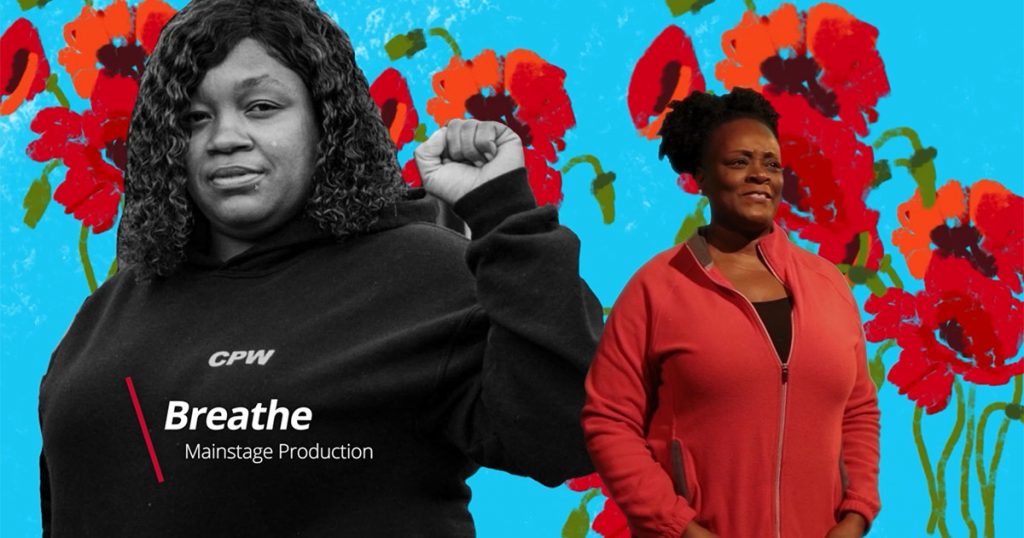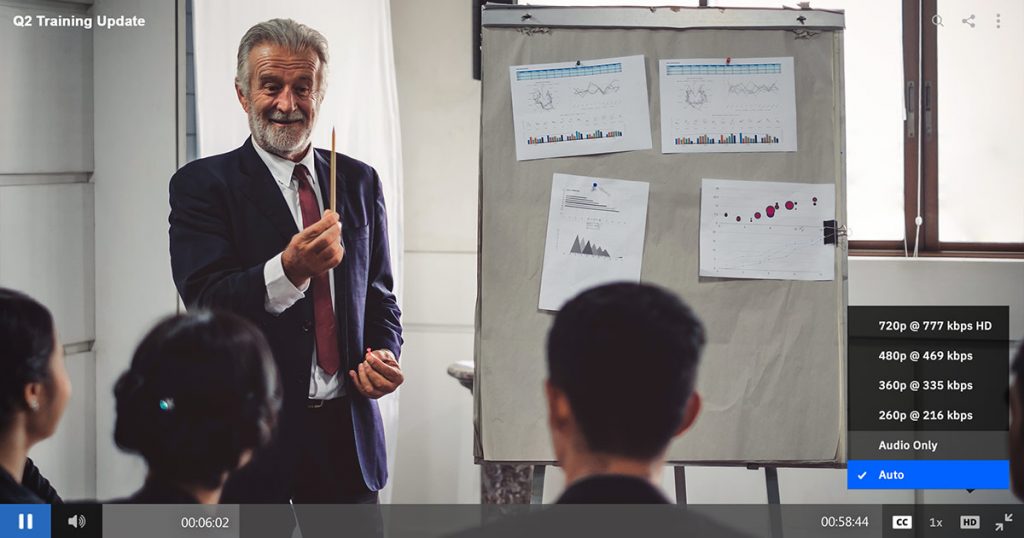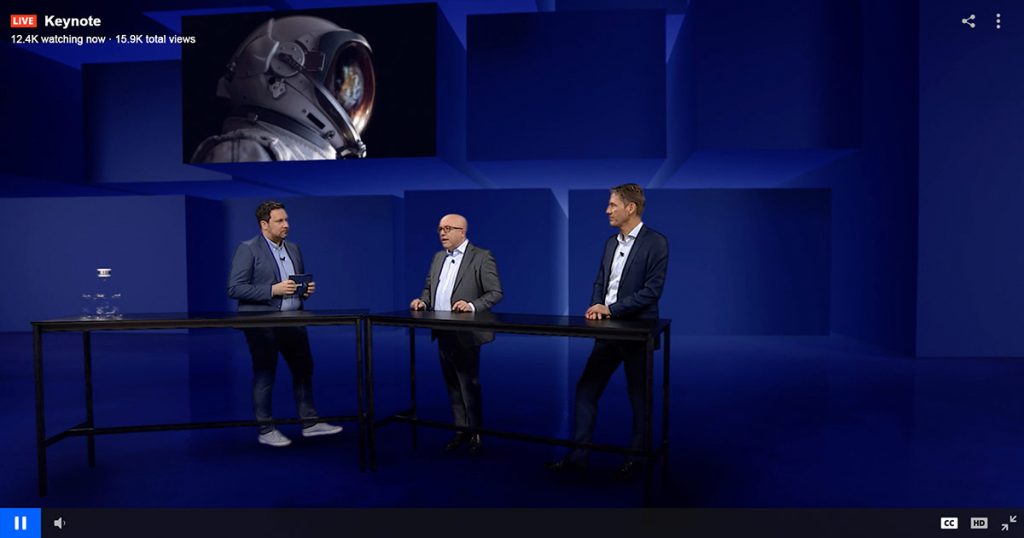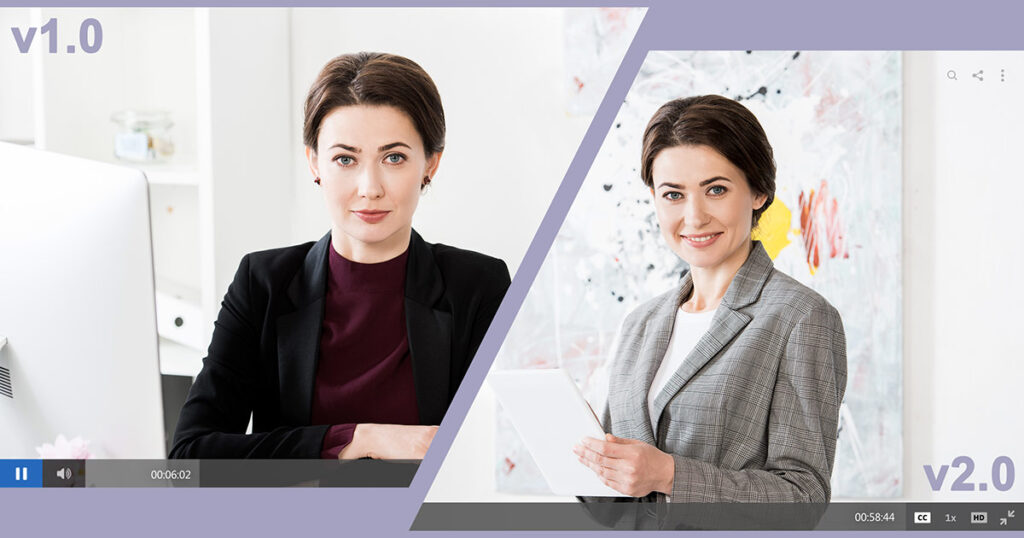
83% of executives see securing video content as important. As a result, organizations need a cost effective way to deliver content through secure video hosting. This encompasses both the ability to limit access to authorized individuals and also accountability, the ability to verify that employees viewed critical content.
This article explains the need for video security within organizations and then details the multitude of content restrictive features available. It then discusses utilizing viewer tracking functionality to track who is watching, going over what type of data can be extracted. The piece concludes by reviewing the Q&A module, which adds additional opportunities for employee engagement and valuable organization facing feedback.








